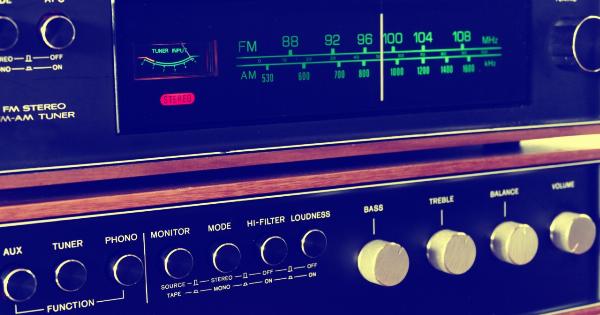Bladder coccyx syndrome, also known as coccydynia, is a relatively rare condition characterized by pain and discomfort in the area surrounding the coccyx or tailbone.
It is often linked to bladder dysfunction and can significantly impact the quality of life for those affected. In this article, we will explore the facts and debunk the myths surrounding bladder coccyx syndrome, helping you better understand the condition, its symptoms, causes, and available treatment options.
Understanding Bladder Coccyx Syndrome
Bladder coccyx syndrome primarily affects women, although men can also experience it. The condition involves pain and pressure in the pelvic region, lower back, and tailbone.
In some cases, the pain can radiate down the legs, leading to further discomfort. Individuals with bladder coccyx syndrome may also experience urinary urgency, frequency, or incontinence.
Symptoms of Bladder Coccyx Syndrome
The symptoms of bladder coccyx syndrome can vary from person to person. Some individuals may experience constant, dull aches in the pelvic or tailbone area, while others may have intermittent sharp or shooting pains.
The pain may worsen when sitting, standing, or during activities that put pressure on the coccyx. Additionally, bladder coccyx syndrome can cause discomfort during sexual intercourse and bowel movements.
Common Causes of Bladder Coccyx Syndrome
The exact cause of bladder coccyx syndrome is not always clear. However, several factors may contribute to the development of this condition. These include:.
Diagnosis and Treatment Options
If you suspect you have bladder coccyx syndrome, it is vital to consult a healthcare professional for a proper evaluation and diagnosis.
The diagnosis typically involves a physical examination, medical history review, and possibly imaging tests to rule out other potential causes of the symptoms.
Once diagnosed, the treatment for bladder coccyx syndrome aims to alleviate the symptoms and improve the overall quality of life. The following treatment options may be considered:.
Debunking Common Myths About Bladder Coccyx Syndrome
There are several myths and misconceptions surrounding bladder coccyx syndrome. Let’s debunk some of the most common ones:.
Myth 1: Bladder coccyx syndrome only affects older adults.
This is not true. While coccydynia is more prevalent in older adults due to age-related factors, it can affect individuals of any age group, including young adults.
Myth 2: Surgery is the only treatment option for bladder coccyx syndrome.
While surgery may be necessary in some severe cases, the majority of individuals with bladder coccyx syndrome can find relief through non-surgical treatment options like medications, physical therapy, and activity modification.
Myth 3: Bladder coccyx syndrome is a lifelong condition.
While some cases of coccydynia may persist for an extended period, many individuals experience significant improvement or complete resolution of symptoms with appropriate treatment and self-care measures.
Myth 4: Resting is the best way to alleviate coccyx pain.
While rest is essential during the acute phase of coccydynia, prolonged periods of inactivity can actually worsen the symptoms. Gradual and controlled movement, along with targeted exercises, is often more beneficial in managing the condition.
Coping Strategies and Self-Care Measures
In addition to medical interventions, there are self-care measures and coping strategies that can help alleviate symptoms and manage bladder coccyx syndrome successfully:.
Conclusion
Bladder coccyx syndrome can significantly impact individuals’ daily lives, causing pain, discomfort, and bladder dysfunction.
By understanding the facts and dispelling the myths surrounding this condition, individuals can seek appropriate medical interventions and implement self-care measures to alleviate symptoms and improve their overall quality of life. With various treatment options available, including medication, physical therapy, and activity modification, bladder coccyx syndrome can be effectively managed.

























